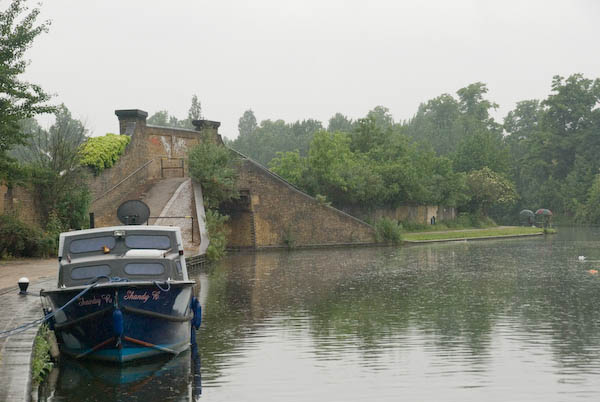I’ve delayed writing anything about the Leica M8 until now largely because I don’t yet feel I know enough about it yet. I started using one in April, but for various reasons haven’t taken a great deal – only a thousand or two shots.
Part of the reason for this was that I was still waiting to send off for my two free filters until I decided which sizes I wanted. Which lenses was I going to use with this camera from the ten or so M fitting lenses of various age and manufacture? When I finally got round to ordering them, Leica had made some of the decisions for me, as several of my older Leitz lenses take filters in sizes not on offer. Even some formerly popular sizes such as 40.5mm are not on the official list.
My favourite 35mm f1.4 for example would be a fine fast standard lens. Some versions of it don’t even focus beyond 3 meters on the M8, but mine fits fine and runs to infinity. But the lens has no filter thread. A cut-out lens hood holds a Leitz Series 7 unmounted filter. My lens hood is now incredibly battered, adding a certain street cred with the impression of having been through Kosovo or ‘Nam, but it isn’t easy to find filters to fit, and the severely crushed cut-out hood on its front has a nasty habit of falling off at awkward moments. More importantly, as Irakly Shanidze says in his excellent Leica M8. How is it for professional use? (in several ways the best and most balanced article I’ve seen about the camera,) just try going to your dealer and asking for a B+W 486 IR-Cut Series 7 filter.
Actually, a 49mm slim B+W 486 filter in black mount supposedly will fit in place of a Series 7, but you’ll need a particularly friendly dealer to order even one of these. Alternatively, I’m told if you contact Leitz, they may offer to make you a filter for the purpose. The B+W filters are a little stronger than the Leitz versions, but that isn’t likely to be a problem in practical use. (Heliopan also make some IR cut filters that differ slightly from the Leitz specifications, though none that will fit in place of the Series 7.)
IR cut filters have a problem with lenses with an angle of view greater than 60 degrees, as they give a cyan cast with more oblique rays, thus increasing towards the corner of the lens. The latest M8 firmware corrects for this by recognising the focal length of the lens from the 6 bit coding and applying a suitable correction. This is fine for coded lenses, but what if your lenses are not coded?
Some older lenses can be 6 bit coded, but not the older pre-ASPH 35mm f1.4. You can try the do-it-yourself method with a black permanent marker – although I’m assured it works, so far I’ve not met any success. Perhaps I’m using the wrong type of black pen?
However, painting on the coding dots is only half the solution, as the camera apparently only takes notice of these if the correct viewfinder frame is automatically selected. This rules out lenses such as my 28mm Minolta f2.8 produced for the Minolta CLE, the best 28mm design of its era, as this selects the 35mm finder frame. I’m told it can be engineered to select the correct frame, but I’m loath to take a file to mine.
However, although the IR problem can’t be solved in software, the filter-induced variable cyan cast should be possible to correct. It would be good to see a Photoshop plugin with a ‘focal length’ slider for this purpose, as with uncoded lenses it cannot be recorded in the EXIF data.
Leica users worldwide have been screaming at Leitz to allow user selection of focal lengths for non-coded lenses as at least a partial solution, but that isn’t the Leica way, which demands perfection, even where this creates extensive pain. Even those with Leica’s own latest lenses such as the wide Tri-Elmar have spent some time waiting on Leitz to come up with the correct filter.
Truly the situation is an unholy mess, and one that severely blots Leitz’s copybook. Their engineers apparently recognised the problem in the camera design stage, but seem to have simply hoped nobody would notice. What should have been announced as a novel and superior solution – along with a plentiful supply of filters for all current lenses and a wider program to deal with the many already owned by Leica users – was allowed to leak out, appearing as incomptence and even deceit.
This is a shame, as the Leica M8 is a great camera, for all our various niggles. It delivers superbly detailed 10 megapixel files from the finest range of standard and wideangle lenses available (including some great lenses from Cosina/Voigtlander and Zeiss.) Its simplicity is a strength – the menus are all simple and straightforward, perhaps the only digital camera you don’t need a manual to use. If as I did, you loved working with rangefinder cameras when using film, you would love an M8.
Peter Marshall
